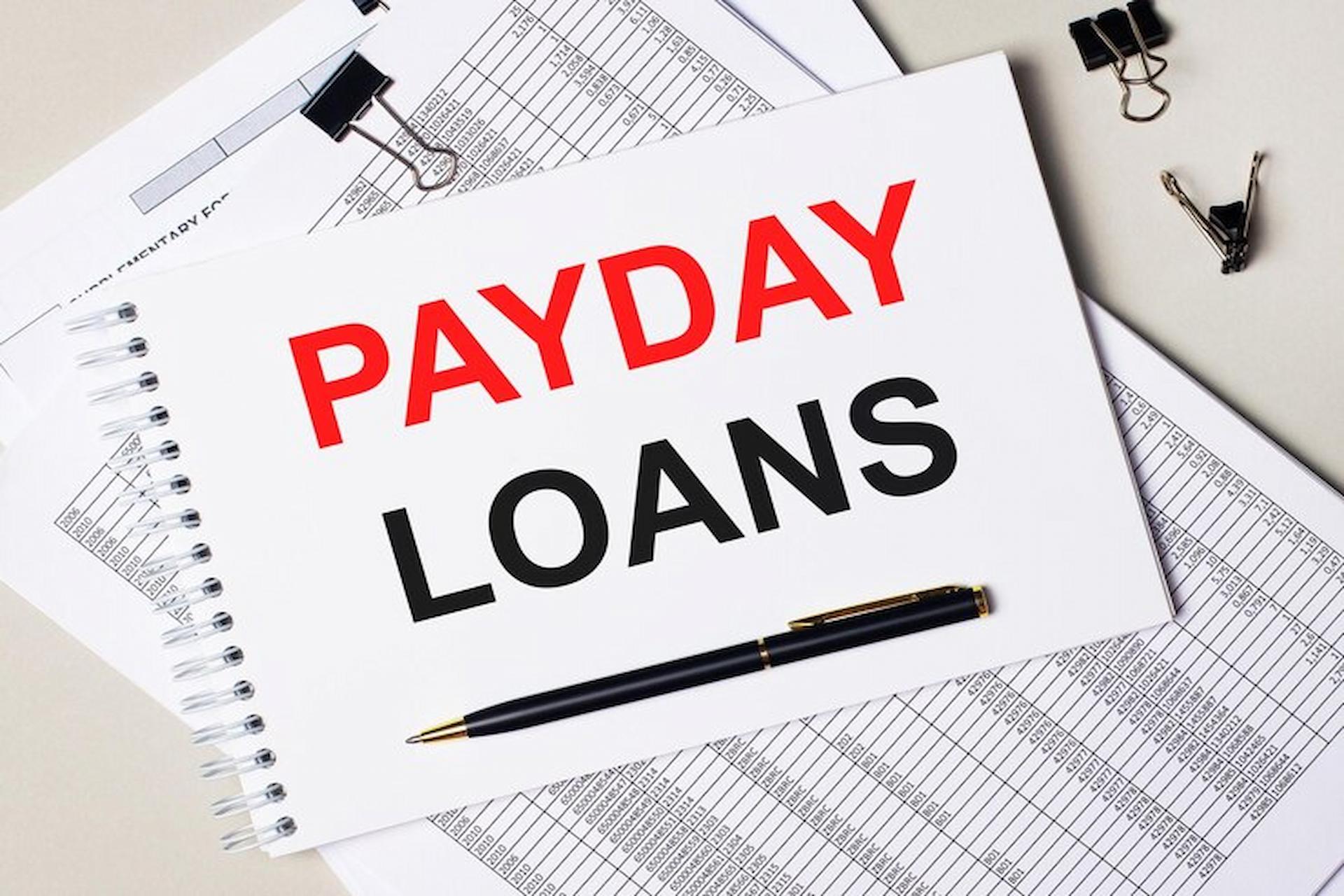Exploring The Modern Landscape of Lending
The lending landscape has seen a considerable shift in today’s society, which moves at a breakneck speed. The days are long gone when obtaining a loan requires going to a conventional bank, filling out a seemingly infinite number of documents, and waiting several weeks to get approval. Consumers now have easier access to money thanks to technological advances and the expansion of their borrowing alternatives provided by the financial sector. This essay on a blog addresses some of the most controversial aspects of contemporary borrowing practices, focusing specifically on payday loans.
The Evolution of Lending
Before discussing payday loans, let’s look at lending’s history. Traditional lenders like banks and credit unions have traditionally provided loans. These lenders provided personal, home, and commercial loans with strict eligibility requirements and long approval procedures.
However, fintech and internet lenders have changed lending. These online platforms instantly evaluate borrowers’ creditworthiness using powerful algorithms and big data. Thus, the approval procedure is faster and more accessible. Online lenders provide payday, peer-to-peer, and personal loans.
The Diverse Array of Lending Options
Borrowers nowadays have several loan alternatives. Some popular loans today:
Personal Loans: can be utilised for debt consolidation, home restoration, or unforeseen costs. They typically have fixed interest rates and repayment terms.
Peer-to-Peer Lending: These lending platforms connect borrowers with individual investors. These platforms often offer competitive interest rates and flexible terms.
Mortgages: are long-term loans for home buying. They may be fixed- or adjustable-rate mortgages.
Auto Loans: Auto loans are specifically designed to help individuals purchase a vehicle. Like mortgages, they can have fixed or variable interest rates.
Credit Cards: Credit cards provide revolving credit up to a limit. Over time, borrowers may repay the sum with interest.
Payday Loans: These high-interest loans cover emergency costs until the borrower’s next payment. These loans are notorious for their high interest rates and controversy.
Understanding Payday Loans
Often associated with controversy and criticism, payday loans warrant a closer look in the context of the modern lending landscape. These loans are designed to provide quick cash to individuals facing unexpected financial emergencies. The following is a list of attributes associated with payday loans:
Short-Term: These loans fall under the category of short-term loans and often have payback lengths ranging from two to four weeks.
High-Interest Rates: One of the most significant criticisms of these loans is their exceptionally high interest rates, which can translate to an annual percentage rate (APR) of several hundred per cent.
Ease of Access: They are relatively easy to obtain, often requiring minimal documentation and no credit check. Borrowers typically need to provide proof of income and a checking account.
Quick Approval: Payday loan applications are processed quickly, with many borrowers receiving funds on the same day or within 24 hours.
Despite their convenience, these loans have faced extensive criticism for their predatory lending practices. Critics argue that the high interest rates and short repayment terms can trap borrowers in a cycle of debt, making it challenging to escape their financial struggles.
Alternatives:Given payday loans’ issues, alternative financing solutions that provide rapid money without danger are crucial. Some alternatives:
Personal Installment Loans: Personal instalment loans offer a more manageable repayment structure than payday loans. Borrowers can repay the loan in fixed monthly instalments, making budgeting easier.
Credit Union Loans: Many credit unions offer small-dollar loans with lower interest rates and more favourable terms than traditional payday loans. Credit unions are nonprofit organisations focused on serving their members’ financial needs.
Emergency Savings: Building an emergency savings fund can provide a financial safety net for unexpected expenses. Even small, regular contributions to a savings account can add up over time.
Negotiating with Creditors: If you’re facing financial hardship, consider contacting creditors to discuss alternative repayment arrangements or hardship programs.
Conclusion
Traditional bank loans and new Internet lending platforms are available to borrowers today. Payday loans may meet urgent financial demands, but their high interest rates and short payback periods make them problematic for many. To escape debt, borrowers must consider other loan choices and financial methods.
Consumers should prioritise financial literacy and responsible borrowing as the lending landscape evolves. To make smart financial choices, you must understand loan terminology. Payday loans may appear like a lifeline in a crisis, but safer financing options improve financial stability and well-being.
